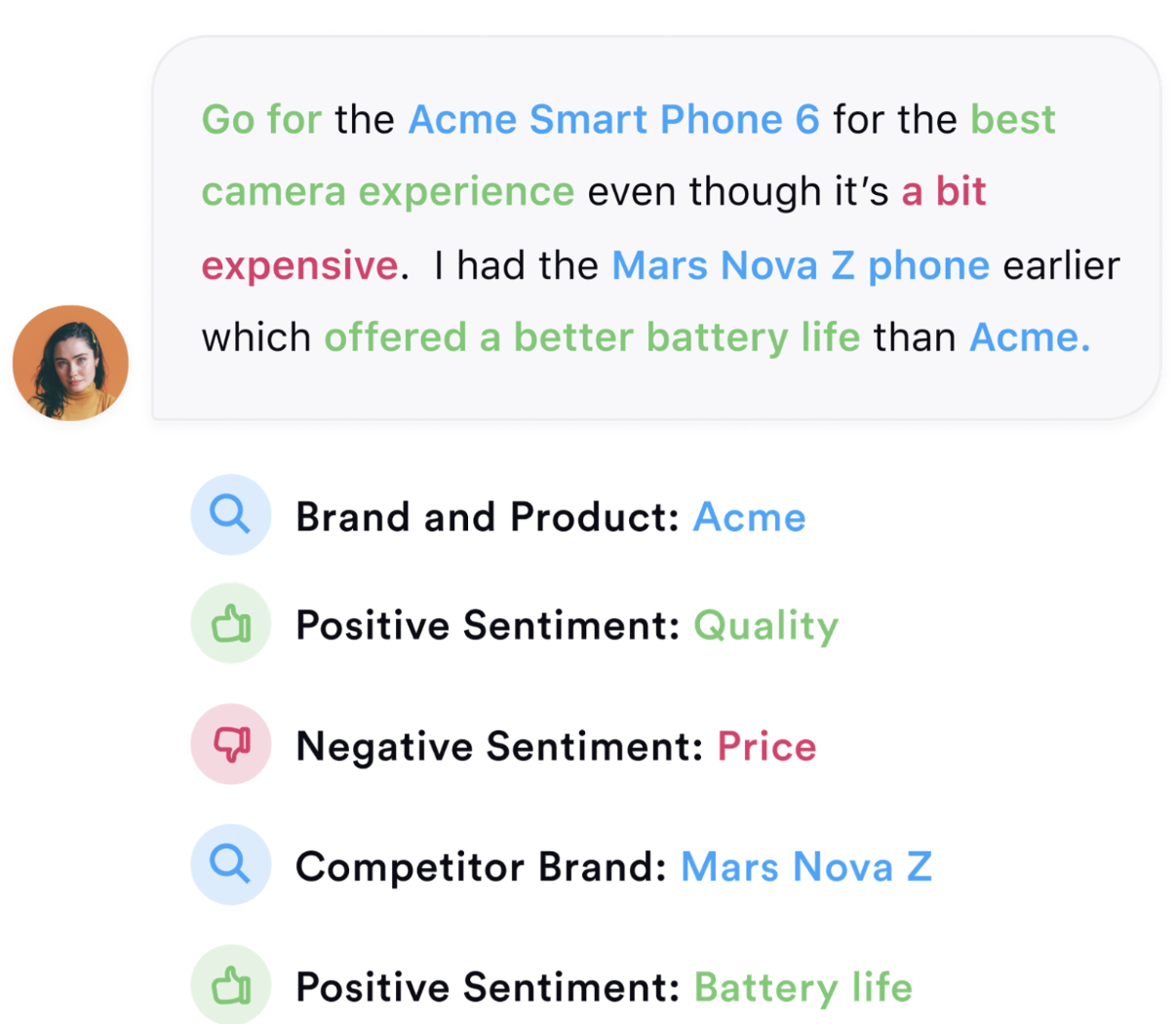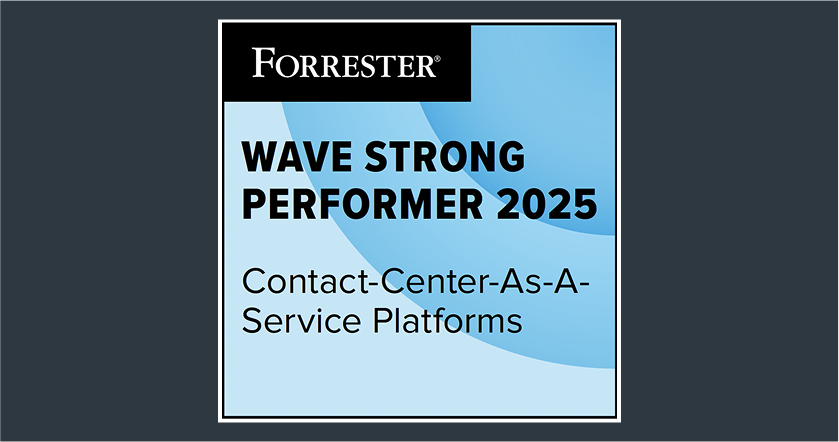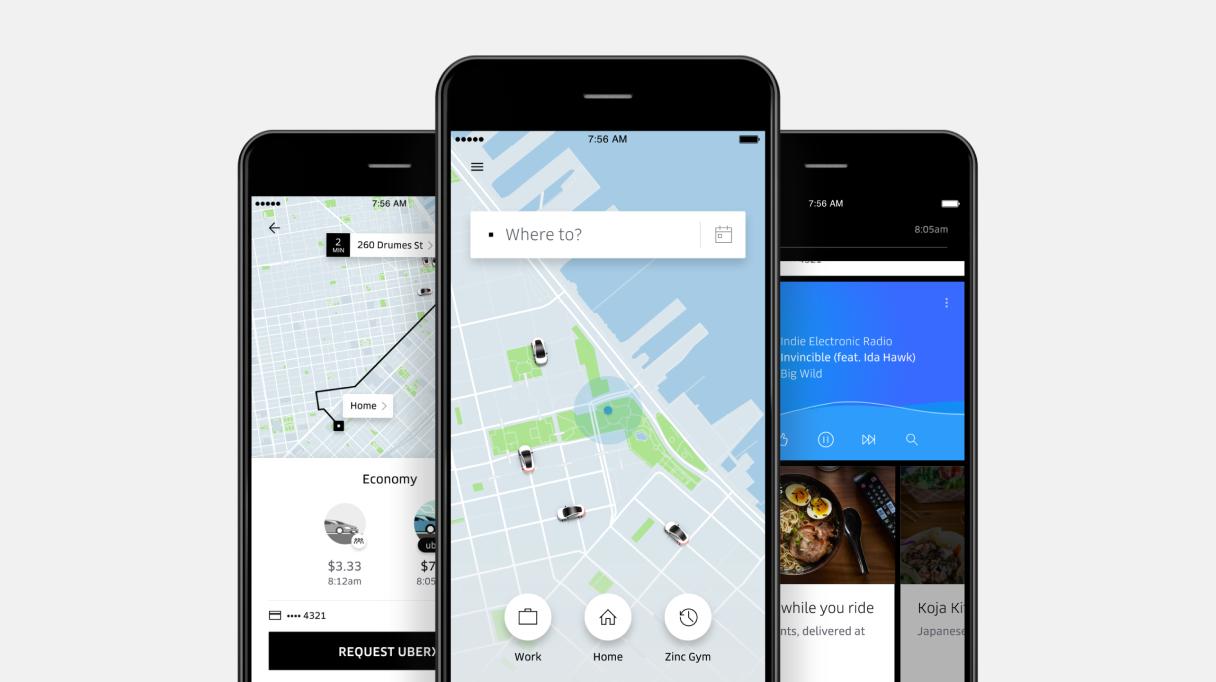- What is automatic call distribution?
- Evolution of automated call distribution system
- How does ACD work?
- Automatic call distribution vs. Interactive voice response
- Key benefits of automated call distribution in customer service
- How to manage agent workload with automated call distribution system
- 3 use cases of automatic call distribution system for businesses
What is automatic call distribution?
Automatic call distribution (ACD) is a call center technology used to automate and streamline inbound call routing and assignment to specific agents within your customer support teams. In simple words, it is a telephony system deployed in call and contact centers to route incoming calls to the best available agent in the queue. This results in shorter waiting times and quicker resolutions for callers and improved workforce optimization in contact centers.
Initially developed in the 1970s, ACD systems were designed to manage large volumes of calls efficiently, improving customer service by ensuring callers reach agents with relevant expertise, without waiting on hold for too long.

Let’s understand ACD with a practical example: -
A customer service center for a telecommunications company may receive calls on a variety of issues (billing, technical support, sales). If the customer service software is equipped with ACD, it can categorize incoming calls based on issues and direct them to specific departments or agents. This way, more and more calls are resolved in the first contact, resulting in greater customer satisfaction, trust and loyalty.
Evolution of automated call distribution system
The evolution of automated call distribution systems has been a fascinating journey. ACD systems have evolved to integrate with various communication channels beyond voice calls, including email, chat and social media. This versatility enables businesses to offer a seamless omnichannel customer experience, where customers can choose their preferred method of interaction while still receiving efficient and personalized service. Let’s understand where it all started and how far has ACD systems reached, here is a timeline:
1970s – Introduction
In the 1970s, ACD systems emerged to replace manual switchboard operators. These early systems automated call routing, distributing calls sequentially to available agents.
1980s - Skill-based Routing
The 1980s introduced skill-based routing, matching calls to agents with specific skills. This improvement enhanced customer service and operational efficiency.
1990s - Computer Telephony Integration (CTI)
During the 1990s, ACD systems integrated with computer systems through CTI. This allowed for better data handling and personalized customer experiences.
2000s - VoIP Integration
The 2000s saw ACD systems adapt to VoIP technology, improving call handling and reducing costs. This integration also enabled remote work for agents.
2010s - Multi-channel Support
In the 2010s, ACD systems expanded to support emails, chats and social media, providing a unified approach to customer interaction management.
2020s - AI and Machine Learning
The 2020s brought AI and ML into ACD systems. AI-driven routing and predictive analytics optimized call assignment and agent performance.
2024 - Cloud-based ACDs
In 2024, ACD systems embraced cloud technology. These systems offer seamless integration with CRM tools, allowing scalability, flexibility and real-time analytics for better decision-making and performance optimization.
Key advancements and relevance of ACD:
AI-Enhanced Routing: Calls are routed more intelligently based on real-time data and agent skills.
Omnichannel Integration: Unified management of calls, emails, chats and social media.
Cloud Solutions: Scalable, flexible and cost-effective systems.
Real-Time Analytics: Operations and decision-making are optimized through immediate insights.
👉 Learn More: The A to Z of Call Management
How does ACD work?
ACD systems automatically route incoming calls to the most appropriate agent based on predefined criteria. Here's a seven-step process on how ACD works:
Call arrival: An incoming call is received by the ACD system.
Caller identification: The system identifies the caller using data like phone numbers or account details. If this is a first-time caller, the built-in interactive voice response (IVR) system collects their details and intent via user inputs and feeds them into the CRM in real time.
Call queuing: If no agents are available, the call is placed in a queue. VIP callers often get priority.
Call routing: ACD matches the caller with an agent who is next in the assignment queue or who has the necessary skills to handle the query. It may also factor in the caller’s location or language to decide the right agent.
Sentiments Matter in Call Routing
Traditionally, call routing was based on queues and skills. Modern call routing goes beyond, into the caller’s real-time mood and past interactions to determine call assignment.
When customers contact support, they are usually angry, annoyed and impatient.
Thanks to AI-powered customer service software, you can now identify your customers’ sentiments and route them to agents with a proven track record of success with similar cases.
Here’s an image showcasing the power of sentiment analysis. Look at how AI analyzes each sentence and each word to identify the sentiment, context and complexity of the customer’s query.

If your customer seems furious, AI can prioritize and route them to chatbots or agents for immediate assistance. Likewise, if chatbots detect a negative sentiment, they can hand over the case to an experienced agent.
Interesting, isn’t it?
Sprinklr goes into multiple layers to analyze a customer’s query. You can sign up for a personalized demo and see it in action.
Call distribution: The call is routed to the selected agent.
Call handling: The agent handles the call, assisted by caller data and history provided by the ACD system.
Post-call processing: After the call, data such as caller details, recording, transcription and context is logged for performance analysis and future reference.
Below is a simple flowchart to visually represent the ACD process:
This flowchart provides a clear and concise view of how an ACD system processes calls to ensure efficient and effective customer service.

DOWNLOAD OUR GUIDE TO AI-POWERED ROUTING
Automatic call distribution vs. Interactive voice response
Customers seem to prefer ACD over IVR, but why is that?
It's because with ACD, at least they get to talk to humans instead of navigating endless menus and hearing "Your call is important to us" on repeat!
Jokes apart, you may think automatic call distribution and interactive voice response (IVR) are similar, but they differ in many ways. Let’s find out how.
Parameter | Automatic Call Distribution (ACD) | Interactive Voice Response (IVR) |
Function | Routes incoming calls to the appropriate agent or department, based on predefined criteria | Provides an automated menu to callers for collecting their calling purpose and other details |
Primary Use | Efficient call distribution and agent utilization | Automation of initial interactions, self-service, call direction based on caller input |
Caller Interaction | Minimal direct interaction with callers | High interaction with callers through menus and prompts |
Agent Involvement | High as it connects callers to live agents | Variable as it can resolve queries without agent involvement |
Customization | Allows setting the routing logic based on skills, availability or priority | Configure menus and options based on business needs |
End benefit | Reduces wait time by balancing call load | Reduces agent workload by handling common queries automatically |
Technology | Utilizes algorithms to route calls | Uses DTMF (Dual-tone multi-frequency) or voice recognition to interact with callers |
Key benefits of automated call distribution in customer service
Employing automated call distribution in your call center can help you improve your operational efficiency, agent productivity and customer experience in several ways.
First call resolution: ACD ensures that customer inquiries or issues are resolved completely and effectively during the initial contact with the appropriate agent or department.
Improved workforce management: ACD systems enhance workforce management by efficiently assigning callers to suitable agents and optimizing resource allocation. Additionally, they gather essential call data such as average handling time (AHT) and wait times, enabling informed resource and capacity planning, crucial for managing peak periods effectively.
Shorter call wait time: ACD helps reduce call waiting times by intelligently routing calls based on existing queues and agent availability. Shorter wait times translate to quicker response times, higher customer satisfaction scores and a better customer experience.
Quicker responses to high-priority callers: ACD phone systems allow you to quickly identify important callers and move them to the top of the queue or even bypass the queue entirely and directly assign them to an available agent for a quicker response.
👉 Learn More: How AI Optimizes Your Contact Center’s Routing StrategyAgent performance: By efficiently routing calls to agents based on their skills and availability, ACD ensures that agents can fully leverage their expertise, leading to higher job satisfaction and morale. This targeted approach not only boosts productivity but also improves Service Level Agreement (SLA) fulfillment by ensuring that each interaction is handled by the most qualified agent.
Lean on ACD to Save Money
Implementing an ACD system can help you stay within budget. Here's the simple math on optimizing call wait times:
Reducing wait times by just 1 minute per call can save significant costs.
Savings calculation: one minute saved x 40 calls x 50 agents = 2,000 minutes saved daily.
Assuming an agent's cost is $0.50 per minute, the daily savings are $1,000, translating to $30,000 monthly and $360,000 annually.
Now, that’s a lot of money you can't ignore!
Take a demo of Sprinklr’s inbound contact center software today and start your transformation journey from a cost center to a revenue center.
How to manage agent workload with automated call distribution system
Managing agent workload efficiently is crucial for maintaining a productive and high-performing call center. Here's a step-by-step guide to leveraging an automated call distribution (ACD) system to optimize agent workload:
Step 1: Understand call volume and patterns
Analyze historical call data to understand peak times, average call duration and common queries. Use call center analytics tools to create visual reports of call patterns. This helps in call center forecasting and scheduling appropriately.
Step 2: Configure skill-based routing
Set up skill-based routing in your ACD system to ensure calls are directed to agents with the appropriate expertise. Regularly update agent skills and training records to keep the routing accurate and effective.
Step 3: Implement priority call routing
Configure priority settings for high-value customers or urgent issues to be handled first. Monitor and adjust priority rules periodically based on changing business needs and customer feedback.
Step 4: Optimize agent schedules
Use the data from step one to create optimized schedules, ensuring enough agents are available during peak times without overstaffing. Consider flexible scheduling or part-time shifts to better match agent availability with call volume patterns.
👉 Learn More: Understand the Science of Workforce Management
Step 5: Monitor real-time performance
Utilize real-time dashboards to monitor call queues, agent availability and performance metrics. Set up alerts for key metrics like average hold time or call abandonment rate to address issues promptly.
Always be Prepared for Contingencies
No matter how well you prepare for all kinds of scenarios in your call center, you can never rule out unforeseen events that upset your entire planning. Equipment failures, weather outages, and agent absenteeism are just some such volatile variables.
Is there any solution at all?
Yes, there is. The call center software should be armed with an AI-powered WFM tool that can run what-if scenarios to simulate these variables, allowing you to forecast call volumes and plan proactively.
A WFM tool like Sprinklr does the job for you. It predicts staffing needs and adjusts service level targets based on real-time data. It meticulously monitors your agents' occupancy rates and adherence to schedules, ensuring the forecasts it makes are realistic.

If you’re curious to see Sprinklr in action, book a demo with us today!
Step 6: Use call queuing strategies
Leverage various queuing strategies like FIFO (First In, First Out), priority-based queues, overflow queues, skill-based queues and callback queues to efficiently manage incoming calls in call centers. These strategies prioritize calls based on urgency, agent skills, and customer preferences, ensuring that each caller is served promptly and effectively.
Step 7: Regularly review and adjust
Conduct regular reviews of your ACD settings, agent performance and customer feedback to continuously improve the system. Schedule monthly meetings to discuss performance metrics and gather agent input on workload management.
By following these steps and integrating these best practices, call centers can effectively manage agent workload, improve efficiency and enhance overall customer satisfaction.
👉 Find the full list of call center best practices (2024) here.
3 use cases of automatic call distribution system for businesses
Automatic Call Distribution (ACD) systems are essential for efficiently managing inbound call traffic in a call center. Here are three practical use cases where ACD systems benefit businesses:
1. Technical support efficiency
A tech company needs to manage complex technical support calls that require specific expertise. ACD assigns calls to agents with the relevant technical skills, reducing the need for call transfers and increase first-call resolution rates with best practices.
Example: The system routes software-related issues to software specialists and hardware issues to hardware experts, streamlining the support process.
2. Sales and lead management
A SaaS company receives numerous inbound sales inquiries and needs to ensure potential leads are handled promptly. ACD directs high-priority sales calls to the most experienced sales agents, increasing the likelihood of conversions and maximizing revenue.
Example: Calls from potential clients interested in high-value products are routed to senior sales agents, ensuring knowledgeable handling of inquiries.
3. Multilingual support
A global company offers customer service in multiple languages and needs to route calls to agents fluent in the required language. ACD identifies the caller’s language preference and directs the call to an agent who speaks that language, enhancing customer satisfaction and reducing communication barriers.
Example: Calls from Spanish-speaking customers are automatically routed to Spanish-speaking agents, ensuring clear and efficient communication.
Ready to make call management easier with ACD?
Traditional call routing systems will falter while handling the demands of modern customers, expanding channels and call volumes. You need smarter call routing and AI-powered automatic call distribution which come integrated with products like Sprinklr Service.
Sprinklr’s integrated contact center solution offers advanced features such as:
Conversational IVR that accepts voiced inputs from callers
Integrated self-serve tools that empower callers to self-solve issues
Improve resolution time by up to 30% with AI-powered omnichannel routing.
And more!
Want to know the best part? We provide personalized demos to explore your business use cases and craft a solution for better call routing and faster resolutions!
Frequently Asked Questions
Thank you for contacting us.
A Sprinklr representative will be in touch with you shortly.
Contact us today, and we'll create a customized proposal that addresses your unique business needs.
Request a Demo
Welcome Back,
No need to fill out any forms — you're all set.








